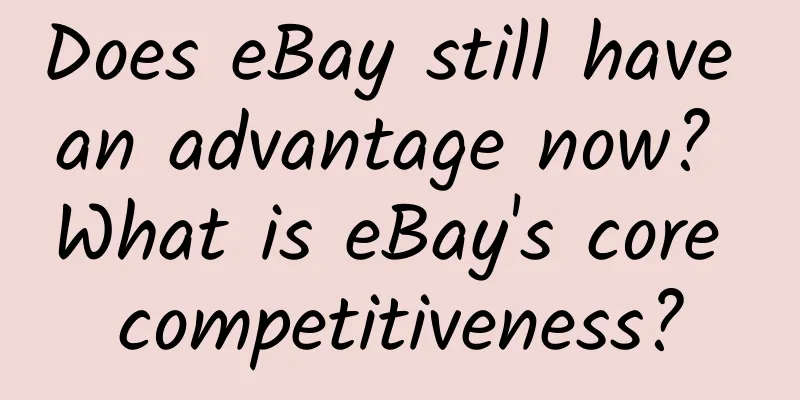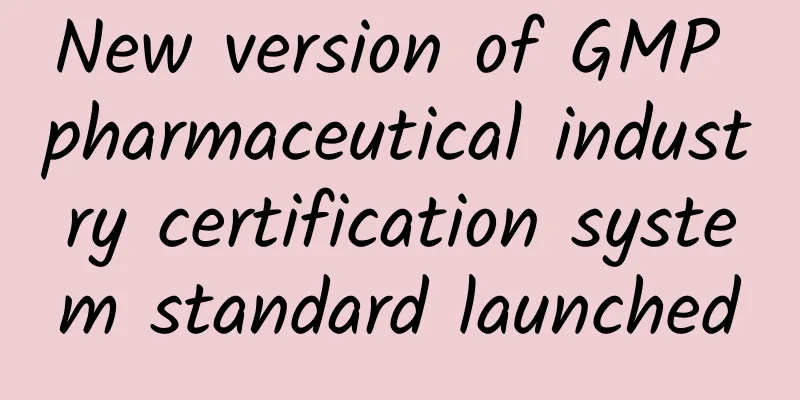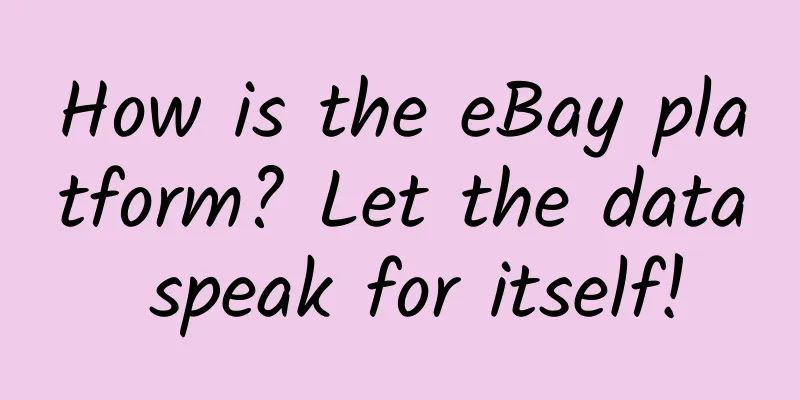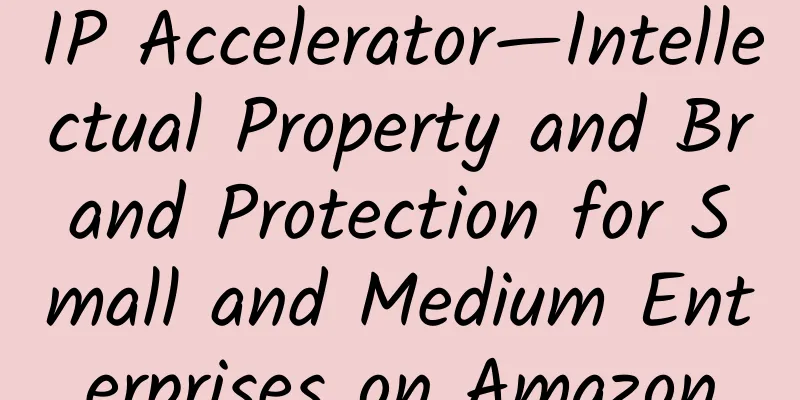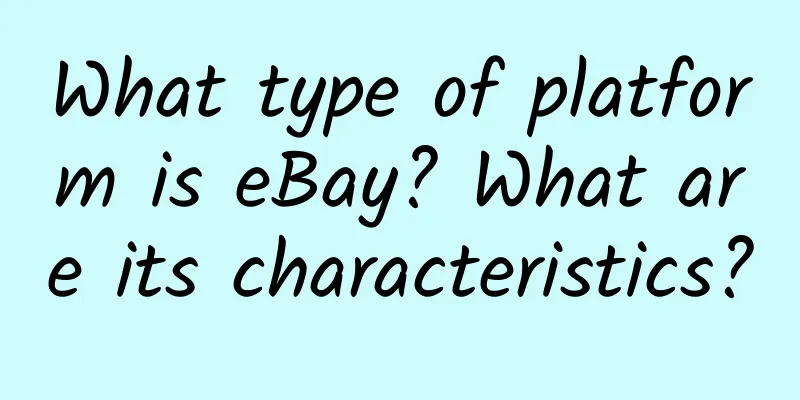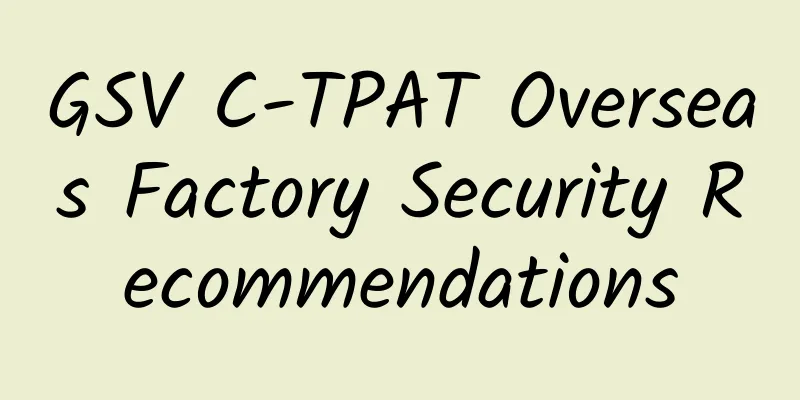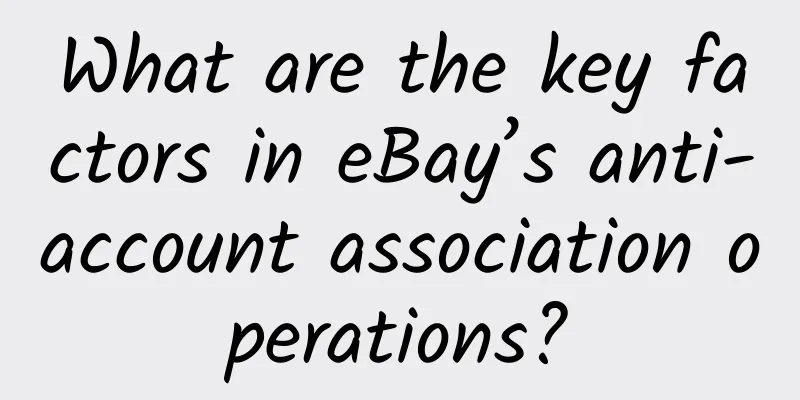Walmart factory inspection requirements for fire drills and employee fire safety training
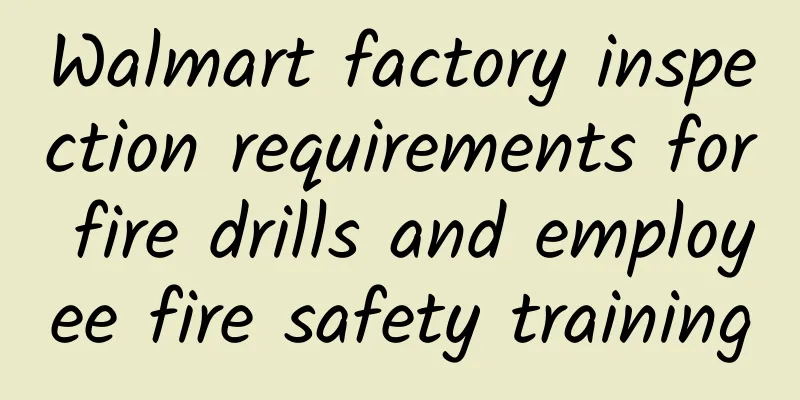
|
1. Fire Prevention 1) No smoke detectors installed/Insufficient number of induction fire detectors installed 2) Improper storage of hazardous chemicals or flammable chemicals 3) Smoking in the building 4) The distribution box is in a dangerous state or improperly maintained (the cover of the distribution box is not properly protected) At this special moment, factories need to actively cooperate and strictly follow the requirements to ensure that they pass the Walmart factory inspection smoothly! |
<<: BSCI factory audit cost accounting
>>: What questions will Wal-Mart ask during its anti-terrorism factory inspection?
Recommend
What products are easy to sell on eBay? How to choose?
Although the eBay platform has a vast market, the...
How does eBay keep selling continuously?
There are always eBay sellers who say they haven&...
How to deal with surprise on-site audits during factory inspections
How to cooperate with customers before factory in...
What features does Dianxiaomi have? What platforms does Dianxiaomi support?
What are the special features of Dianxiaomi? Dian...
Indiegogo tests optional insurance for crowdfunded products
It's been a tough year for crowdfunding site ...
Avon factory inspection list required
China is the world's largest product processin...
The latest version of OEKO-TEX Standard 100 certification standard will take effect on April 1
At the end of 2012, a piece of news that 14 world...
Kickstarter's Areas of Coverage
Kickstarter was founded in New York, USA in April...
How to get a higher ranking on eBay?
eBay claims there is no secret to improving your ...
What type of platform is eBay? What are its characteristics?
What kind of eBay platform is eBay? For eBay novi...
What is vps? What are the uses of vps?
What is a vps? VPS (Virtual Private Server) techn...
How does eBay promote traffic? What are the methods?
For eBay sellers, after their stores are establis...
What is SHEIN? What are the advantages of the SHEIN platform?
What is SHEIN? SHEIN is a cross-border B2C fast f...
What is Oceanpayment? What services does Oceanpayment provide?
What is Oceanpayment? Oceanpayment/Qianhai was es...
A Complete Collection of Free Tools for eBay Sellers
If you are selling on eBay, you can use some soft...
